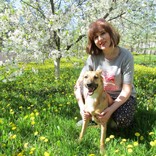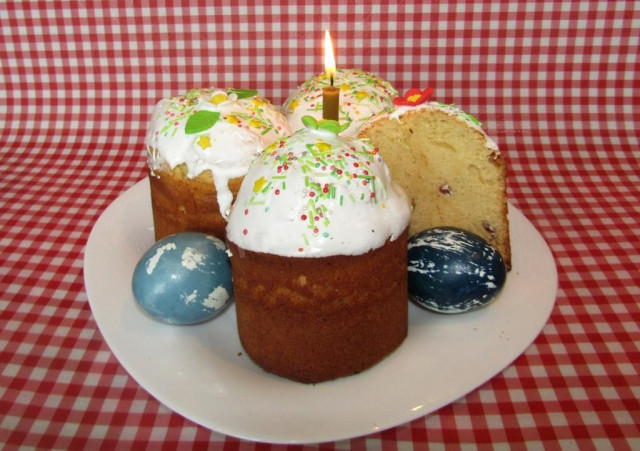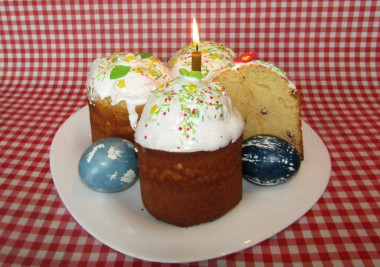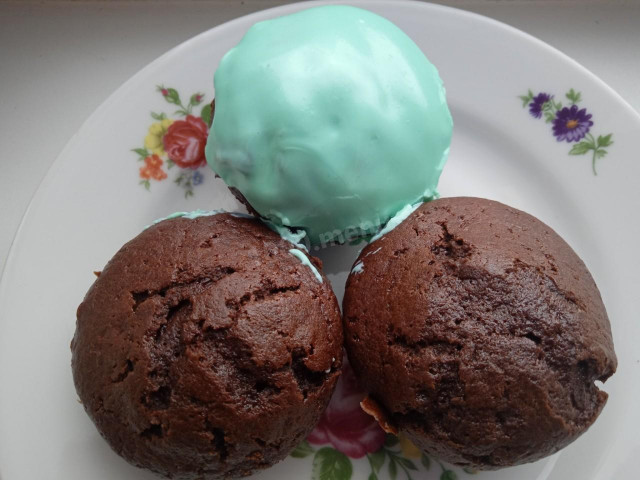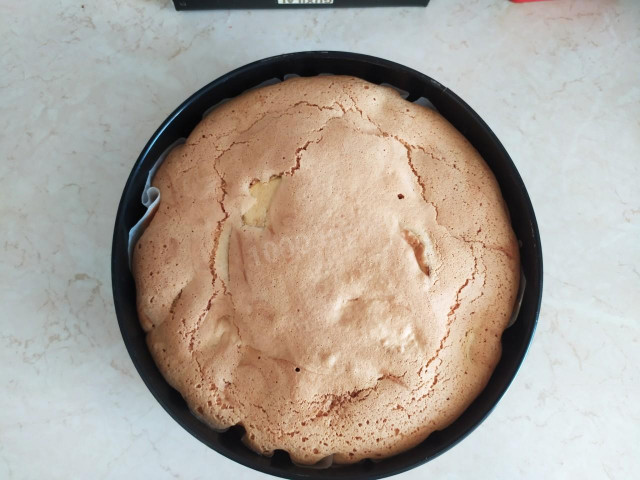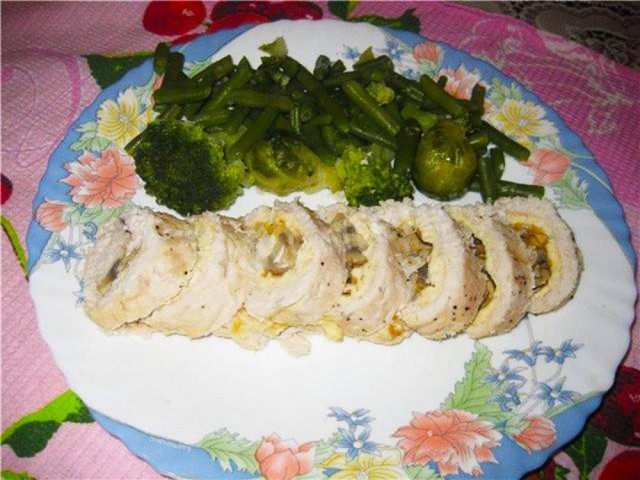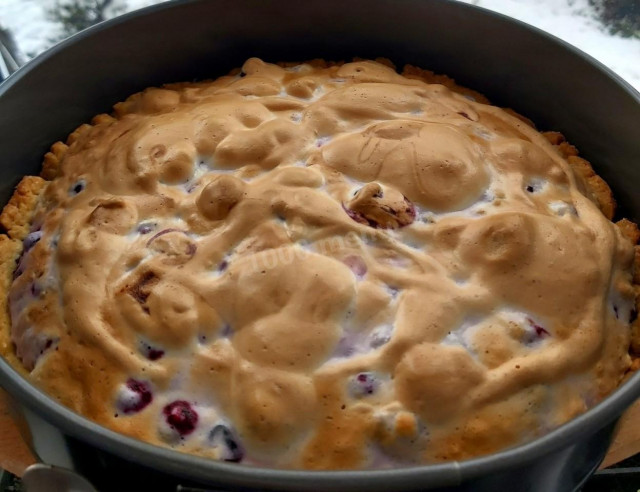Composition / ingredients
Step-by-step cooking
Step 1:
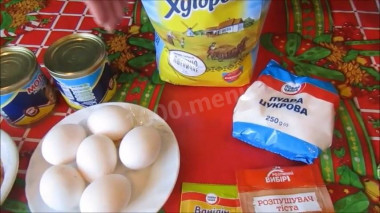
Prepare all the ingredients.
Step 2:
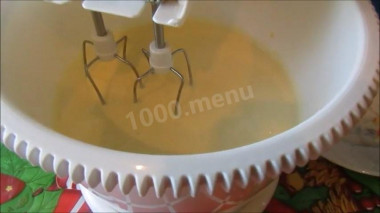
Pour boiling water over the raisins. Beat the eggs at medium speed. Then pour condensed milk into them and mix well again.
Step 3:
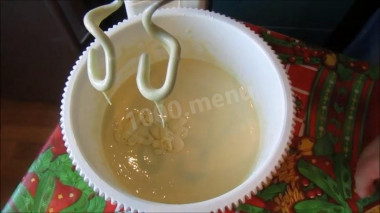
Sift flour and baking powder and add to the egg-milk mixture, at this stage add vanilla sugar and mix everything well. The raisins previously filled with boiling water are dried, rolled in flour and combined with dough.
Step 4:
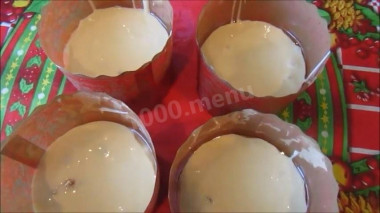
Baking molds (I have paper molds with a diameter of 9 cm 4 pcs) lubricate with vegetable oil and spread the dough in them half of the mold. We send it to a preheated oven to 200 degrees for 35-40 minutes.
Step 5:
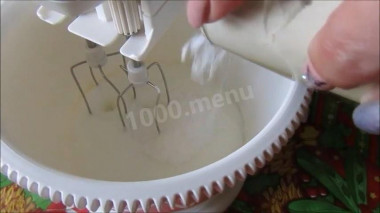
To prepare the glaze, beat the cold whites first at low speed, then at high speed. Add a glass of powdered sugar and beat well again.
Step 6:
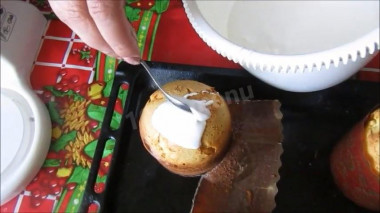
Warm cakes smeared with icing and decorated with Easter powder.
Step 7:

The yeast-free Easter cake is ready! Fast and very tasty! For a more detailed recipe for making a cake, see the video. Enjoy your meal!
A cake is an Easter bread that reminds us of the Resurrection of Christ. The cake has become a symbol of the Easter holiday, a traditional dish of the Easter Week, which is prepared by Orthodox Christians. Where did the tradition of cooking cakes come from? Is there no pagan roots in it and how to cook a cake properly? Many believe that baking cakes was originally a pagan tradition. Bread was baked in the spring and sacrificed to the gods of fertility. This rite existed among many peoples. In Christianity, the cake is the prototype of artos (leavened bread, which is now consecrated on Easter Week). After the Resurrection, Christ came to the apostles for a meal. Bread and a place at the Easter table were left for the Savior. Gradually, this tradition came to every Orthodox family, because the family is a small Church.After the end of the Easter service, believers "get into conversation" and for the first time after fasting allow themselves to eat non-fast food. At Easter, it is a cake, an integral part of the Easter meal.
Caloric content of the products possible in the composition of the dish
- Chicken egg - 157 kcal/100g
- Egg white - 45 kcal/100g
- Egg powder - 542 kcal/100g
- Egg yolk - 352 kcal/100g
- Ostrich egg - 118 kcal/100g
- Whole durum wheat flour fortified - 333 kcal/100g
- Whole durum wheat flour, universal - 364 kcal/100g
- Flour krupchatka - 348 kcal/100g
- Flour - 325 kcal/100g
- Condensed milk with sugar - 324 kcal/100g
- Raisins - 280 kcal/100g
- Kishmish - 279 kcal/100g
- Vanillin - 288 kcal/100g
- Baking powder dough - 79 kcal/100g
- Powdered sugar - 374 kcal/100g
- Egg whites - 44 kcal/100g
